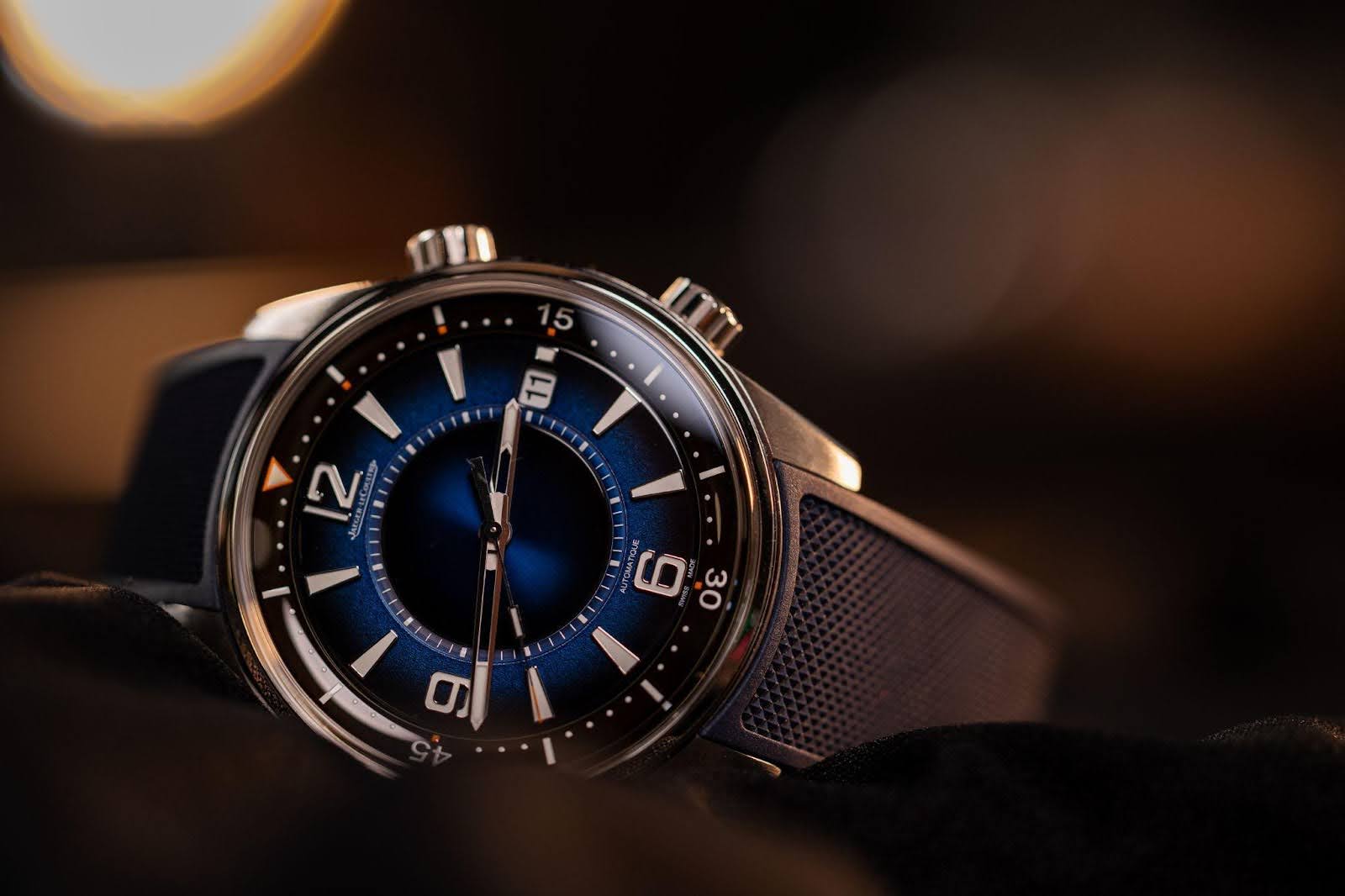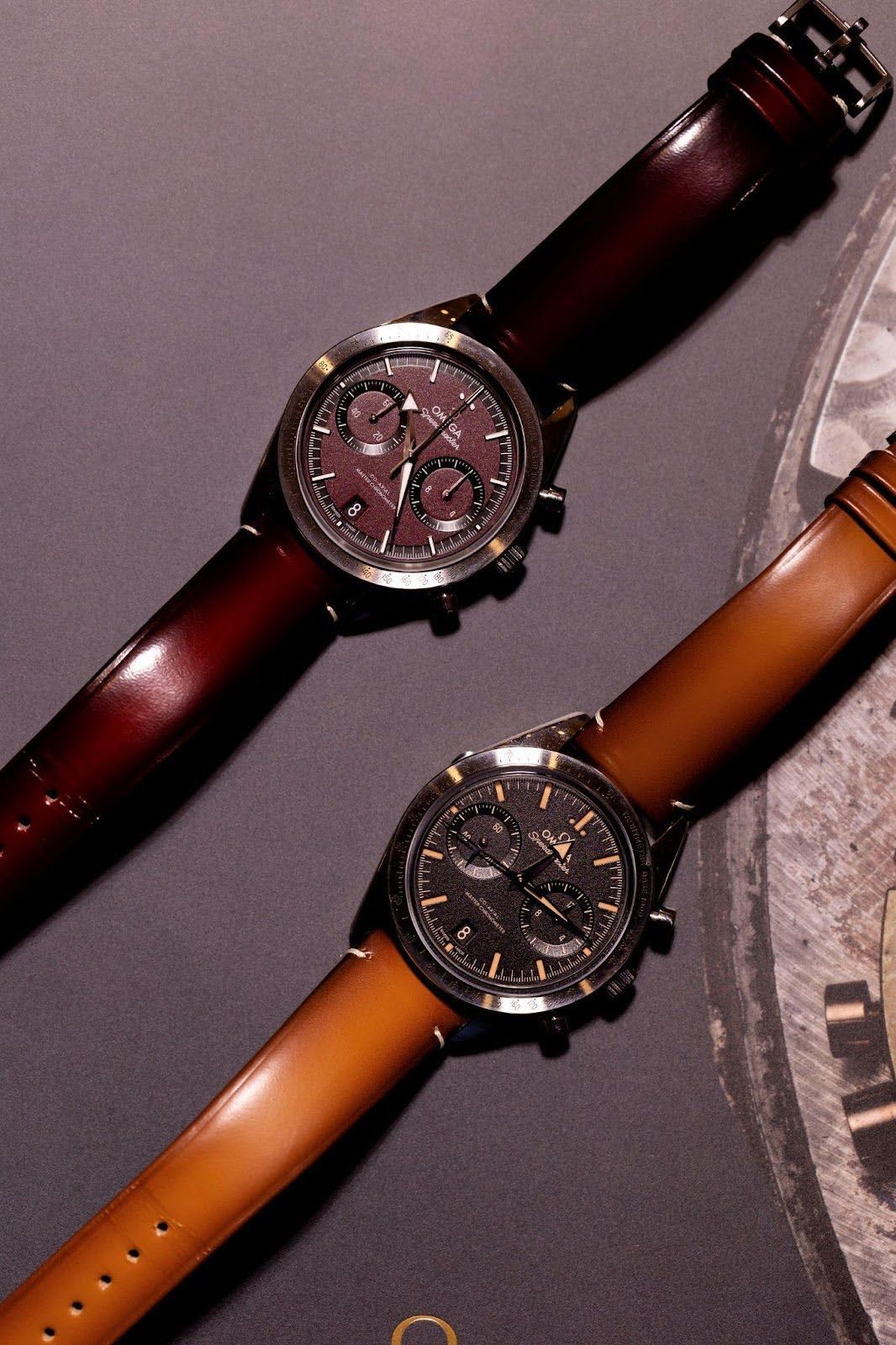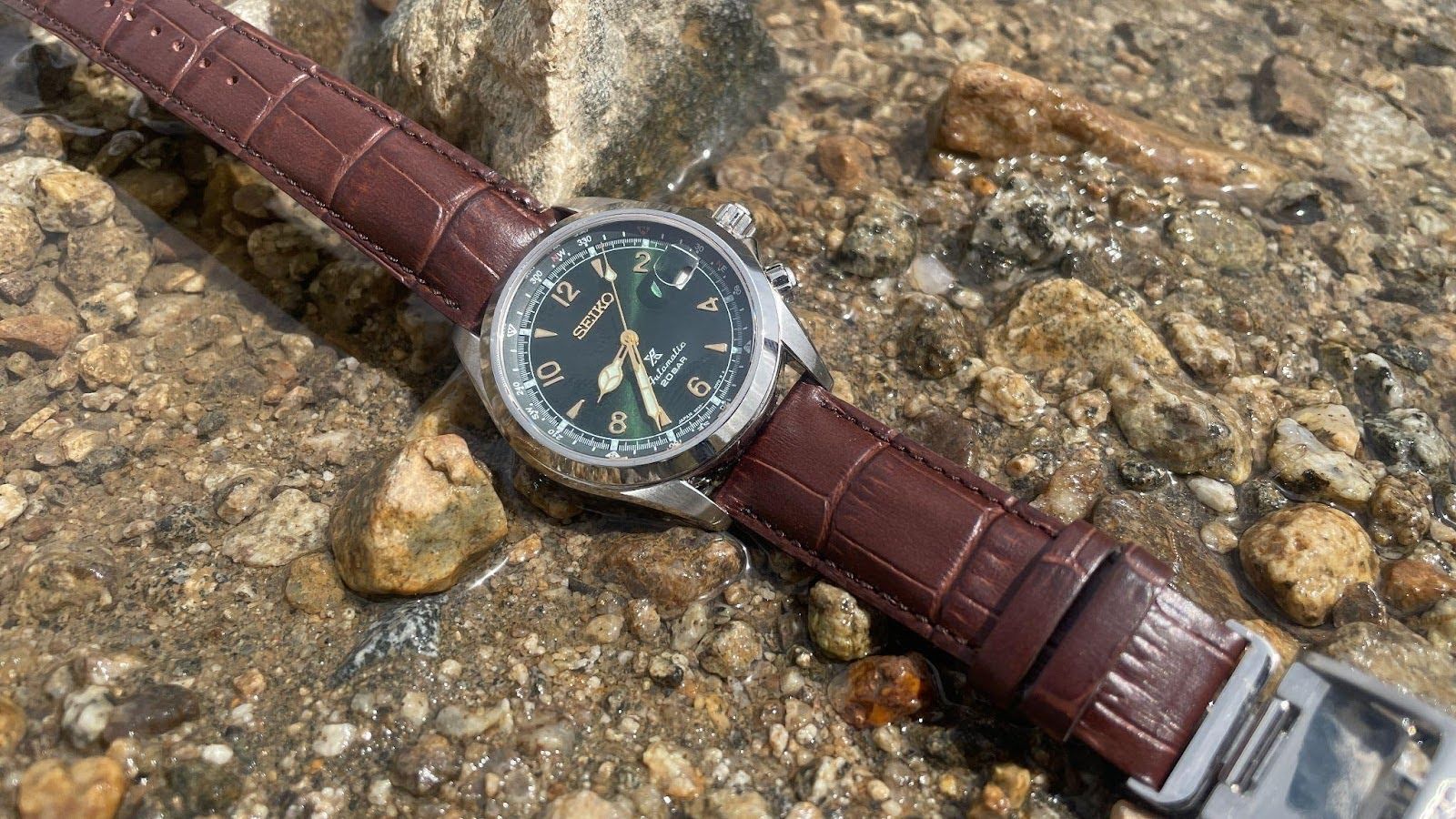Watch Health Guideline : 8 Tips To Avoid Damaging Your Mechanical Watch
Beyond being mere timekeeping instruments, watches often hold deep sentimental value, intertwined with personal memories. Whether you're an avid collector or a casual wearer, understanding how to properly care for your timepieces ensures their longevity and optimal performance. This article explores actions you might be taking (or neglecting) that could be compromising your watch's condition and offers guidance on avoiding such pitfalls.
Here we go…
1. Do not set your watch anti-clockwise
The term "clockwise" isn't arbitrary—it actually reflects the watch's intended direction. Although turning the crown in the opposite direction doesn't immediately threaten to break your watch, it does subject the gear train to unnecessary wear and tear, more than what occurs during normal operation. Consistently reversing the direction over time can adversely impact the overall health of the watch. We strongly recommend setting the time clockwise only.
2. Don’t overwind your mechanical watch
Unlike a quartz watch, a mechanical timepiece requires manual winding. Even in the case of a self-winding (automatic) watch, if it has stopped, wind it manually. For hand-wound watches, you can wind them even while they are still running. However, the crucial point to bear in mind with mechanical watches is to avoid overwinding. Stop winding as soon as you sense resistance on the crown, as overwinding may damage the mainspring.

3. Do not wind your watch when on the wrist
Winding the watch while it's on the wrist can exert excessive tension on the winding stem. The stem serves as the link between the crown and the inner workings of the watch, functioning as the interface between the crown and the movement.
4. Do not set the date between 9.00 pm - 3.00 am
The automatic date change typically occurs around midnight, but the timing may vary depending on the movement. Certain movements initiate the date change hours before midnight, while others instantly switch over precisely at midnight. Manually adjusting the date using the crown while the movement is in the process of changing poses a risk of damaging the mechanism, potentially leading to a misalignment of the date or even breaking internal parts. Be cautious and do not alter the date between 9:00 PM and 3:00 AM.

While some watches may have slightly different windows for this precaution, this guideline serves as a general rule to ensure safety. This tip also holds for watches with additional calendar functions. However as a thumb rule, always refer to the manual before operating such functions, as some brands incorporate failsafes to prevent damage to the date change mechanism.
5. Do not expose your watch to magnets
Magnetic fields may not cause permanent damage to your watch, but they can impact its accuracy or potentially bring it to a complete stop. The primary vulnerability lies in the balance spring, responsible for regulating the consistent ticking of the watch's mechanics. Now if this delicate, coiled spring made of metal alloy gets magnetised, it may lead to variations in your watch's timekeeping—resulting in it running too fast, too slow, or even stopping.
Steel components within the watch are particularly susceptible to magnetism. If these components become magnetised, they can generate magnetic fields within the movement, exacerbating the issue. So unless your watch has a specified level of magnetic resistance, I would refrain from resting it on top of your iPhone or laptop or dropping it in your handbag amongst other things. Again, read your user manually carefully.
6. Do not let the chrono run constantly
To begin with, why would you? Though not inherently detrimental to the watch, leaving the chrono running will draw additional power from the mainspring, diminishing its power reserve, and resulting in increased wear on certain components.

7. Do not use the chrono underwater
The use of chronograph pushers in water is discouraged unless the watch is explicitly designed for such an activity. Certain watches like the Seamaster 300M Chronograph are manufactured to allow safe operation of the chronograph even underwater but watches like the Cosmograph Daytona, equipped with screw-down chronograph pushers should not be meddled with when submerged. While some watches may survive the operation of pushers or crowns underwater, particularly if they possess a degree of water resistance, there is no guarantee, making it a risk not worth taking.

8. Understand the water resistance on your watch
Merely having a water-resistant watch doesn't imply you can take a plunge without caution. Typically, the case indicates the watch's water resistance level and depth. Nevertheless, this designation doesn't grant the freedom to wear your watch in the shower or dive into a deep pool indiscriminately. Understanding the specific water resistance guidelines for your watch is crucial. Here is a list that will help you break it down:
3 BAR / 3 ATM / 30m / 100 ft: Accidental Splashes
5 BAR / 5 ATM / 50m / 165 ft: Swimming
10 BAR / 10 ATM / 100m / 330 ft: Swimming and Snorkelling
20 BAR / 20 ATM / 200m / 660 ft: High-impact water sports and scuba diving
30 BAR / 30 ATM / 300m / 990 ft and above: Dive away!
Finally, it is advisable to periodically verify the water resistance of your watch and ensure that the internal gaskets remain intact without any deterioration. Opt for servicing at an authorised service center every five years.
No articles found





